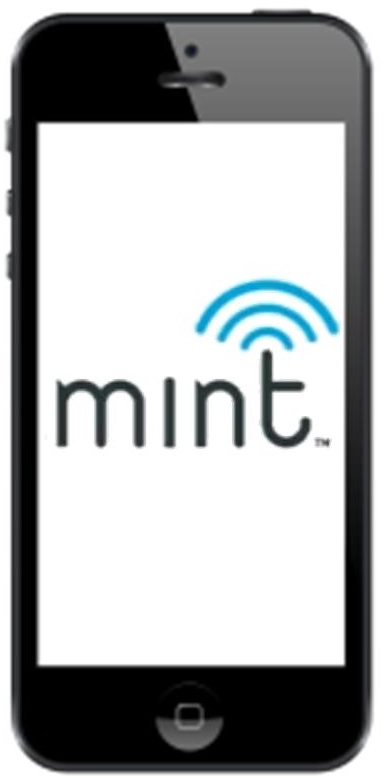An Australian financial institution has launched a mobile payments service for consumers.
Bendigo Bank, in partnership with Samsung Electronics Australia and Community Telco Australia, an Adelaide Bank telecommunication subsidiary, has released a retail point of sale (POS) mobile payment solution called “redy”, which gives consumers the capability of making a payment and even donating to a local charity by scanning unique QR codes.
Customers can make payments via their Apple or Android mobile devices.
To make a payment, consumers must first download the redy app, which is required in order to be able to scan the quick response code that is displayed on the Samsung redy tablet located at the POS. Bendigo Bank patrons can connect the redy app directly to their savings account. Those who are not clients of the financial institution can link the app to their MasterCard or Visa account.
To help ensure the security of customers, every QR code is uniquely and automatically generated by Bendigo Bank’s system each time a new transaction is processed. In addition, the receipts from transactions remain on the app, so the customer’s personal data and shopping information is not distributed to the merchant.
Furthermore, redy is not only an efficient shopping service. In addition to enabling customers to make convenient purchases, it also rewards them with “creds”. This is a virtual currency that consumers earn in real time. The value of “creds” received per transaction is half a percent of each transaction. Customers can use this virtual money in more than one way. They can save the currency and use it at a later time to make purchases with businesses that support the redy service. They may also donate “creds” to a local initiative or charity.
QR codes seemed like a more logical solution to NFC Technology.
According to David Joss, CEO of Community Telco Australia, Bendigo Bank chose QR codes over near field communication (NFC) technology or Bluetooth low energy technology due to the fact that QRcodes can be scanned by all mobile devices, which allows more mobile users to benefit from the service. Not every smartphone on the market is equipped with the necessary tech to support NFC or Bluetooth. This makes the app more open.
Mobile payments company uses Square as an example
Mint, an Australian mobile payments company, has been negotiating with three of the largest banks in Australia concerning the launch of a new mobile commerce platform. The company intends for the platform to emulate a similar platform designed by one of the leading companies in the mobile commerce field: Square. U.S.-based Square boasts of one of the most widely used and successful mobile payments services in the world, making it an attractive example for Mint’s initiative.
Mint to base new solution off of Square platform
Mint develops a variety of white label mobile payments applications for several companies interested in engaging mobile consumers. The company recently attained accreditation from Bendigo Bank, giving it the green light to pursue a new payment card initiative. Last month, Mint launched a small card reader designed for smartphones in New Zealand. The reader can process payments from credit cards, making mobile commerce somewhat more accessible to consumers without NFC-enabled devices. This particular product is being used by more than 1,000 Bank of New Zealand customers.
 Regulations may impede success
Regulations may impede success
Mint is expected to launch another mobile payments service within the coming weeks and its latest offering is expected to be based heavily on that pioneered by Square. Square boasts of more than 4 million users worldwide and processes some $15 million in mobile payments every year. Much of Square’s success has been garnered through the relatively lax regulations that exist in the U.S. concerning mobile payments. In Australia, however, staunch regulations may make it difficult for Mint to mimic the success of Square, especially because Mint is forced to work through banks rather than market its mobile commerce solution directly to businesses and consumers.
Consumers eager for NFC-free mobile commerce
Mobile payments are becoming more popular among Australian consumers, which bodes well for Mint’s future plans. Many people are demanding access to mobile commerce services that are not based on NFC technology. This is due to the low availability of NFC-enabled devices. Mint is well positioned to meet consumer demands with its technology and line of products.


 Regulations may impede success
Regulations may impede success